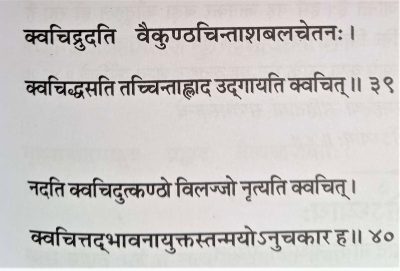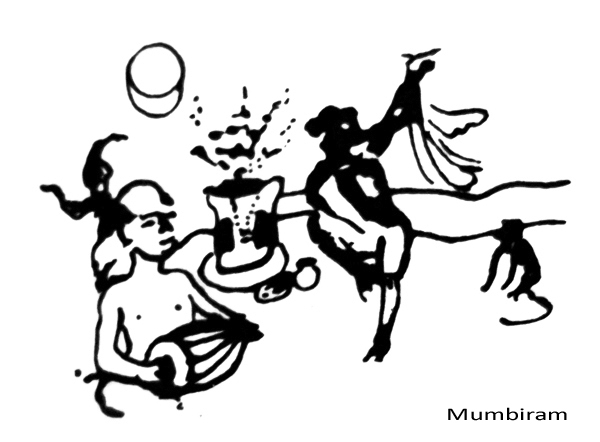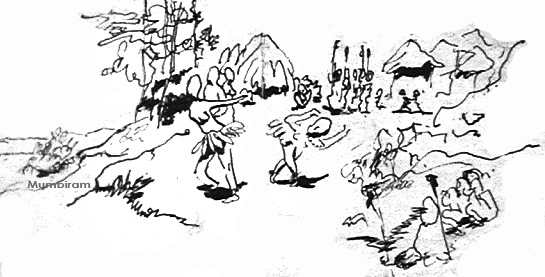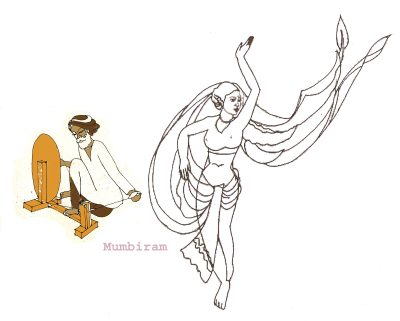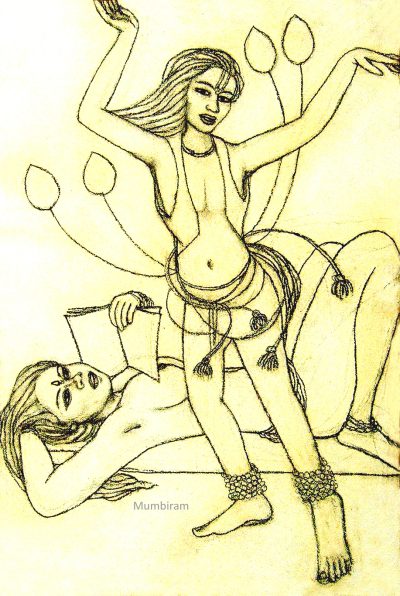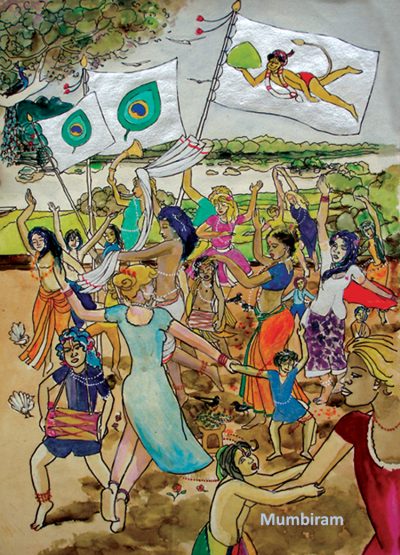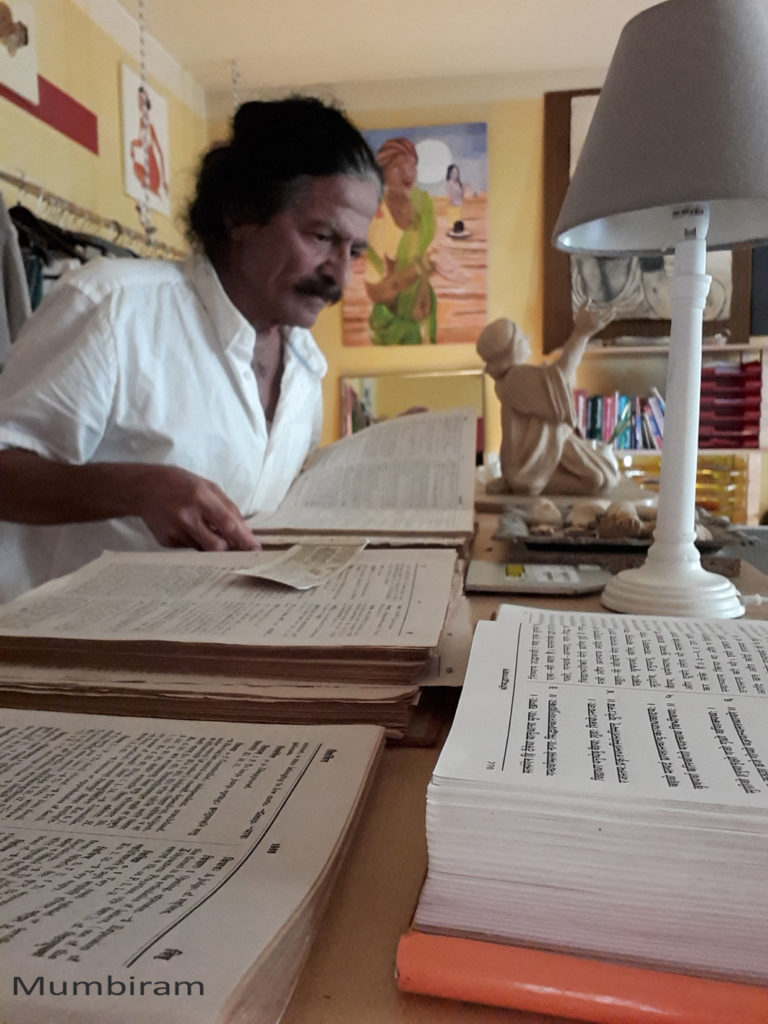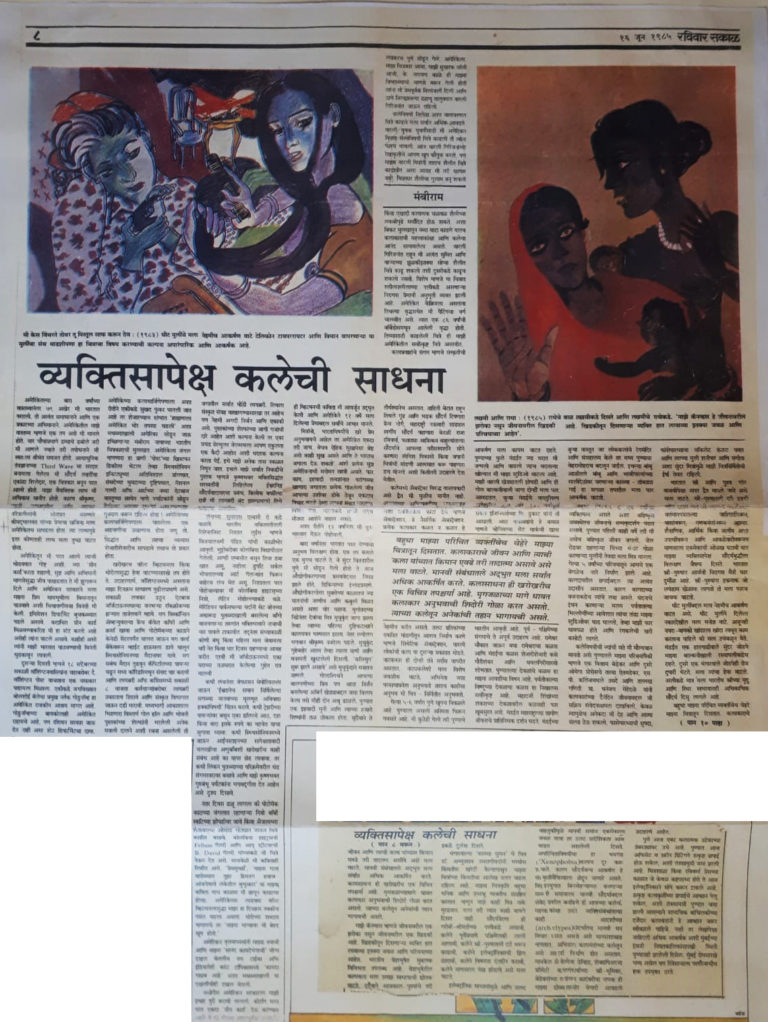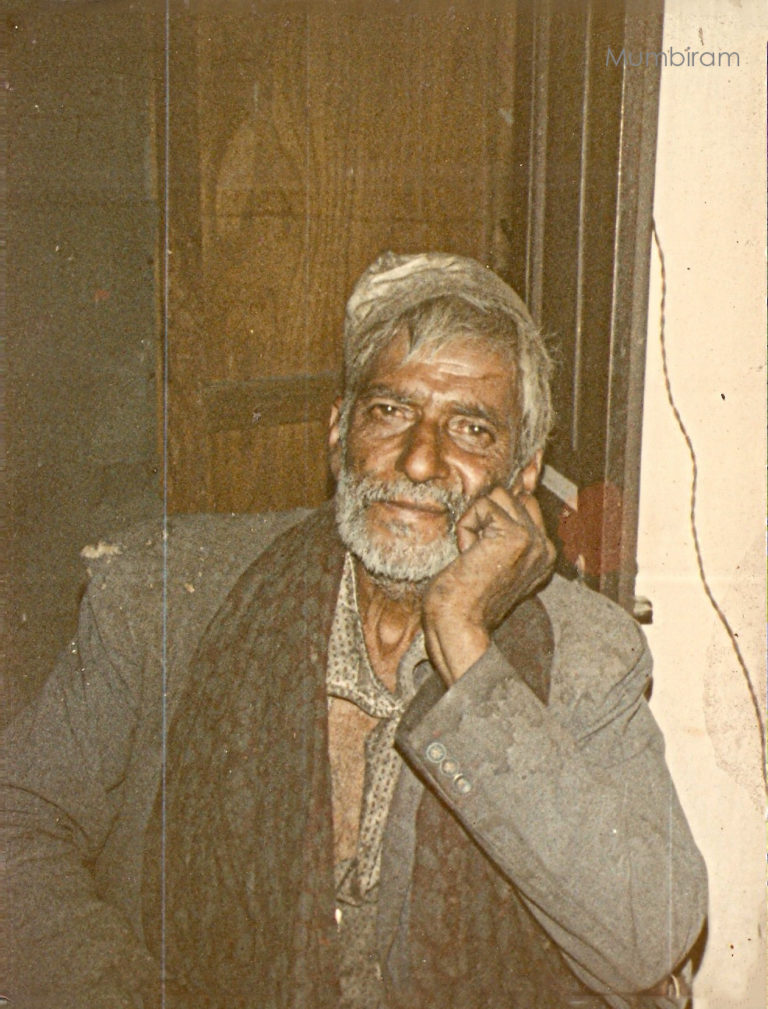In this post we will present some clues about what could have been inspirations that moved Mumbiram take to dance with such passion. Here are three quotations from the Shrimad Bhagavatam, an authoritative work on “Bhakti” which is very dear to Mumbiram:
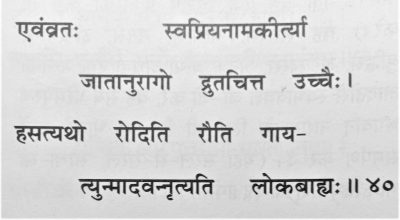
“In this way by coming to know about the glorious leelas of God one develops attachment to love of God.
In that state the heart is inundated by Rasa and the lover of God sometimes laughs out aloud, weeps, roars or dances as if intoxicated and devoid of ordinary inhibitions of social behaviour.”
(Bhagavat 11-2-40)
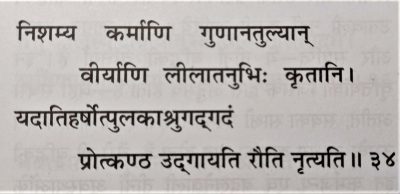
“When a devotee hears the superexcellent qualities and equally fabulous activities that the Supreme Personality performs in his various leela-avatars, in that ecstatic state goosebumps erupt on his body, tears stream out of his eyes, he sings out even as his voice is choking and he dances even as he weeps.”
(Bhagavat, 7-7-34)
